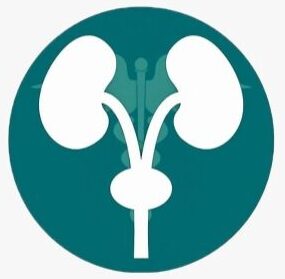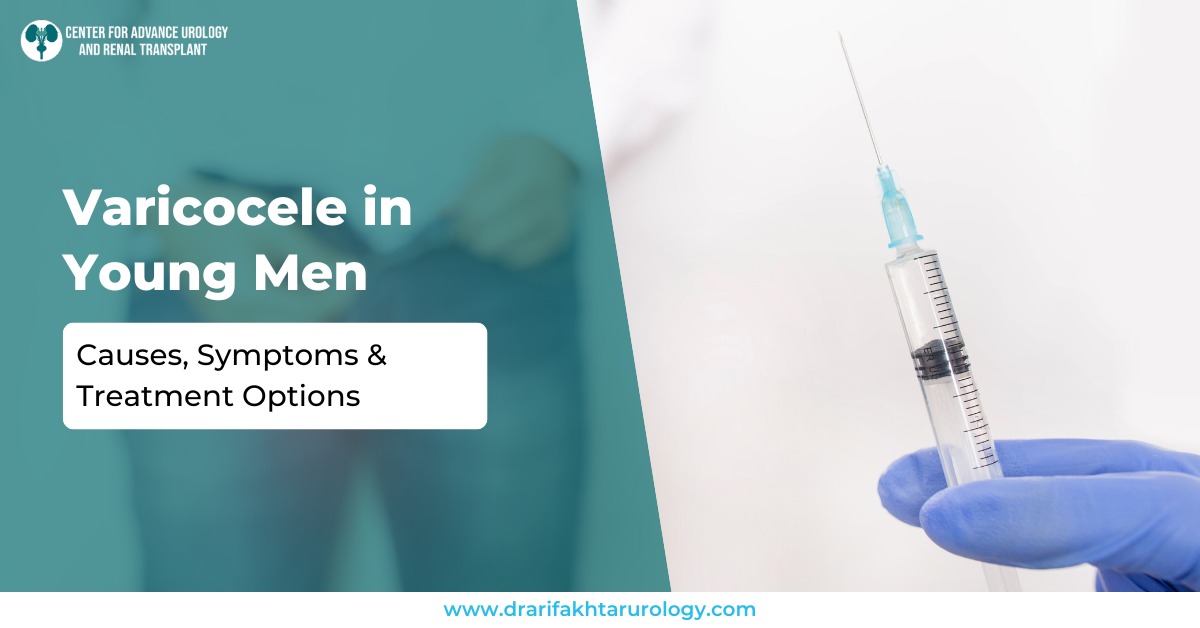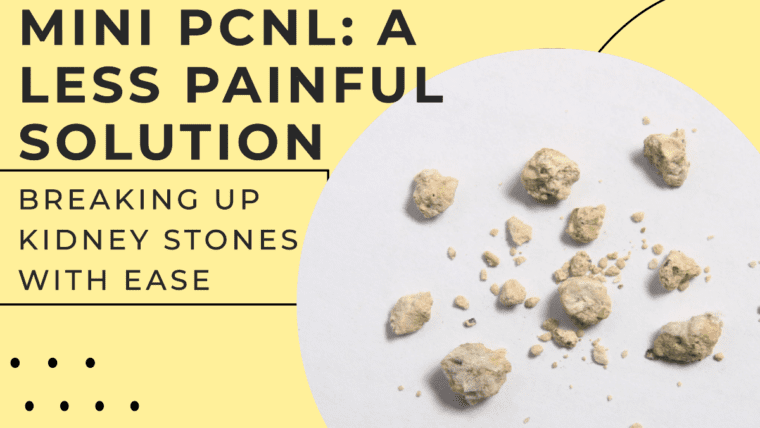Introduction
Varicocele is often dismissed as a minor issue—a harmless tangle of scrotal veins—yet in young men, it can quietly affect fertility, hormonal health, and comfort. If left unchecked, it may lead to testicular shrinkage, dull ache, or even impact future chances of fatherhood. This blog unravels the causes, signs, symptoms, investigation, and treatment pathways for varicocele, offering clarity and reassurance to patients and families alike.
What exactly is a varicocele?
A varicocele is an enlargement of the veins draining the testicle—specifically, the pampiniform venous plexus—caused by faulty valves that allow blood to pool rather than circulate upward. It typically develops during puberty and becomes most common in young men aged 15 to 25. Anatomically, it appears more often on the left side because of the way the left testicular vein joins the renal vein at a right angle—a bottleneck that increases pressure.
Varicoceles are common: about 15–20 % of all adult males, and a striking 30–40 % of men evaluated for infertility have the condition.
Causes and who’s at risk
Valve failure and anatomy
The primary culprit is weak or absent valves in the spermatic veins, which fail to prevent backflow, leading to venous dilation. Anatomical anomalies, like the left vein connecting at a sharp angle, compound the issue.
Development during puberty
Rapid testicular growth during teenage years increases blood demand; if veins are inefficient, varicoceles may form..
Secondary causes
Though rare, tumours or abdominal masses can compress the testicular vein, leading to a varicocele.
Signs and symptoms to watch for
Often no symptoms
Many young men are unaware they have a varicocele; it’s frequently discovered during fertility assessments or self-examination.
Visible or palpable lump
A feeling of a “bag of worms”—visible or palpable when standing or straining—is a common clinical sign
Dull ache or heaviness
A dull ache, discomfort, or heaviness—worse at the end of the day or after prolonged standing—is typical.
Fertility concerns
Varicoceles can impair testicular function. They raise scrotal temperature, disrupt sperm production, and can result in poor sperm count or motility. Around 30–40 % of infertile men have varicoceles; in cases of primary infertility, this may rise to 40 %, and up to 80 % in secondary infertility.
Testicular shrinkage
Reduced blood flow and heat stress can lead to atrophy of one testicle, noticeably affecting size
Hormonal effects
In some men, varicoceles lower testosterone levels—leading to fatigue, low libido, mood problems or reduced muscle mass
Investigations and diagnosis
Clinical examination
A simple in-person exam by a urologist—standing with straining (Valsalva manoeuvre)—can reveal even subtle varicoceles
Ultrasound for confirmation
If the varicocele is not clearly visible or to assess severity, a Doppler ultrasound measures vein size, blood flow abnormalities, and confirms the diagnosis
Vein diameter over 2–3 mm, along with reversed flow on Valsalva, typically confirms varicocele
Treatment options
Not all varicoceles require active treatment. If there are no symptoms, fertility is unaffected, and testicular growth is normal, observation is often sufficient.
Conservative management
- Supportive underwear
- NSAIDs (ibuprofen or naproxen) for discomfort
- Avoid heavy lifting or Valsalva strain
- Gentle cardiovascular exercise and fluid-rich diet improve circulation
Varicocelectomy (surgical repair)
Microsurgical subinguinal varicocelectomy
The gold standard: high‑precision ligation of dilated veins using a microscope. Low recurrence, low complication rate (e.g., hydrocele)
Laparoscopic or high retroperitoneal (Palomo) technique
Keyhole approach through the abdomen—effective but with slightly higher recurrence risks
Open approaches (Ivanissevich) are now less common but still used in some settings
Percutaneous embolisation
An interventional radiologist blocks the malfunctioning vein using coils or sclerosant via catheter (from the groin or neck). Equally effective in improving fertility, with less pain and quicker recovery, 1–2 days off versus 2–3 weeks for surgery
Comparing approaches
- Microsurgical varicocelectomy and embolisation both show 85–95 % success rates in sealing veins, with semen parameters improving in 60–80 % of men
- Embolisation offers faster recovery, while microsurgery offers slightly lower recurrence
When should treatment be offered?
- Persistent scrotal pain unresponsive to conservative measures
- Testicular atrophy detected in adolescents
- A couple facing infertility, and the male partner has a varicocele
- Low testosterone levels with symptoms
Conclusion
A varicocele in a young man is not merely a tangled web of veins—it can signal underlying fertility challenges, hormonal changes or discomfort. Early detection and informed management—with options ranging from optimization (supportive care and lifestyle changes) to definitive treatment (microsurgery or embolisation)—let a young man look forward with confidence, not concern.
If you suspect a varicocele—whether from symptoms, testicular shape differences, or fertility concerns—consult a urologist experienced in male reproductive health. They’ll guide you through tailored investigation and treatment options, helping preserve fertility and well-being for years ahead.




